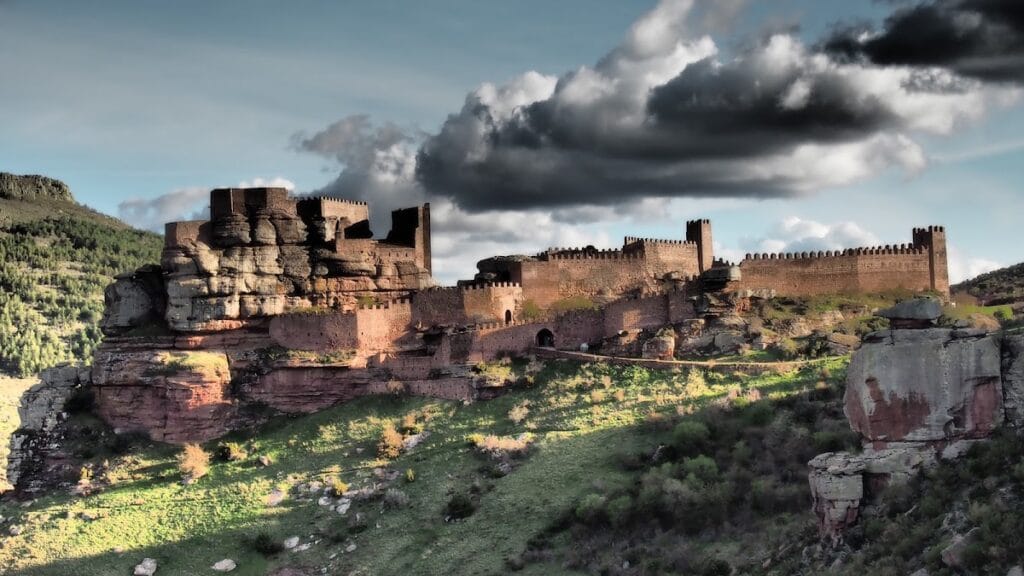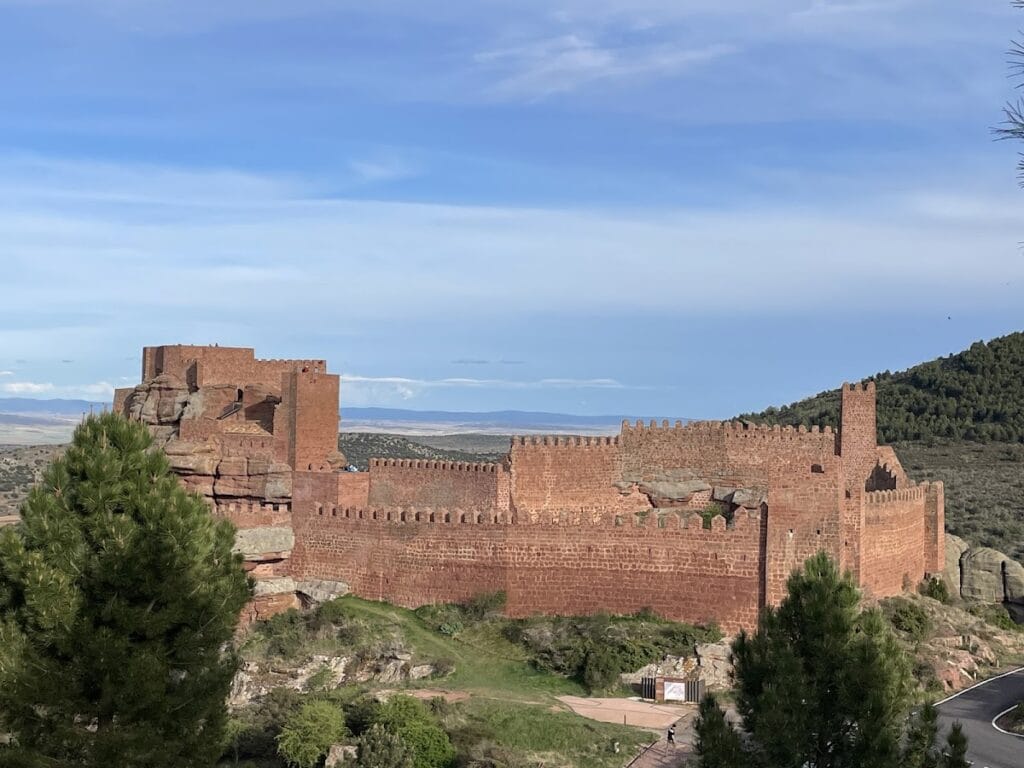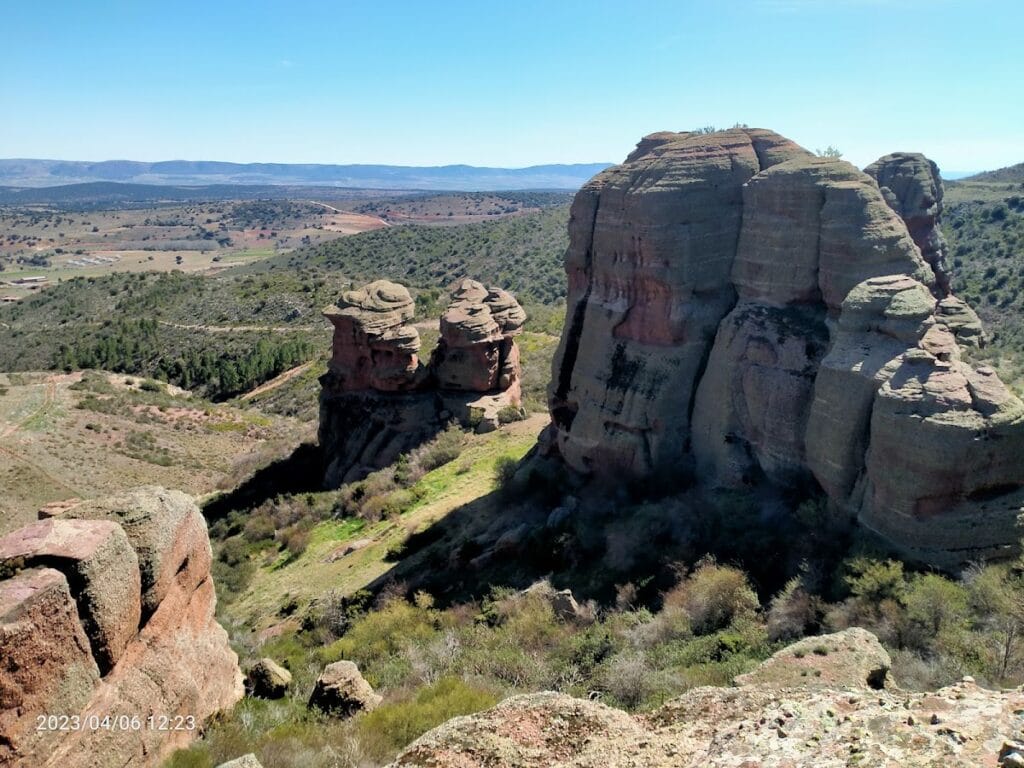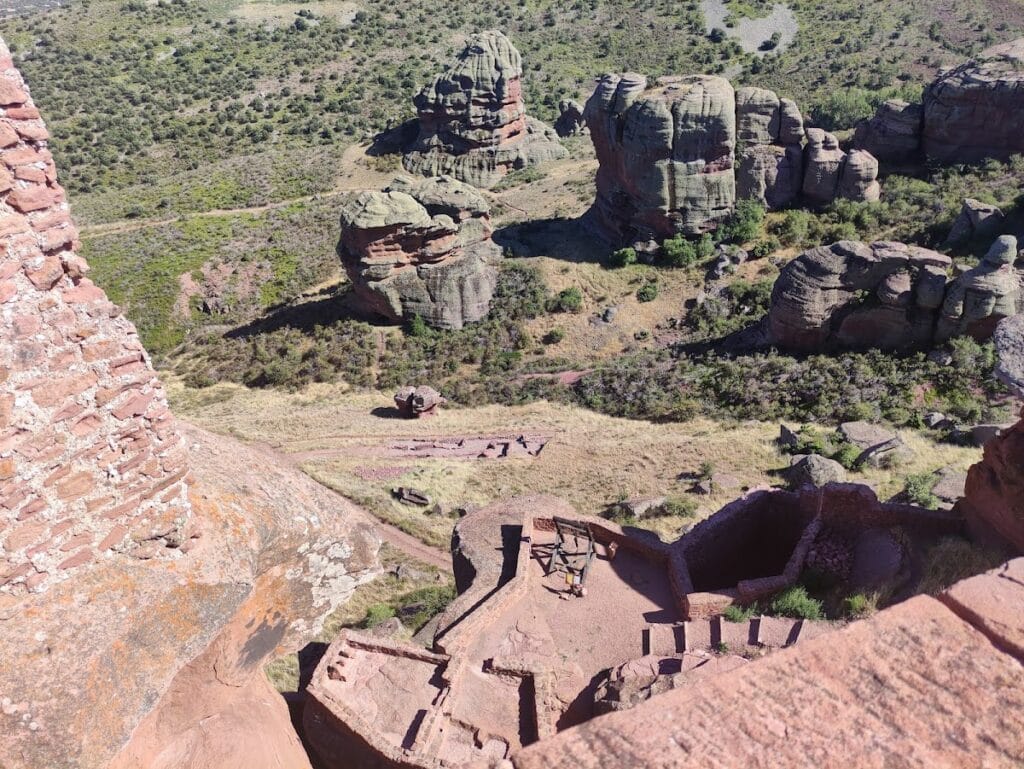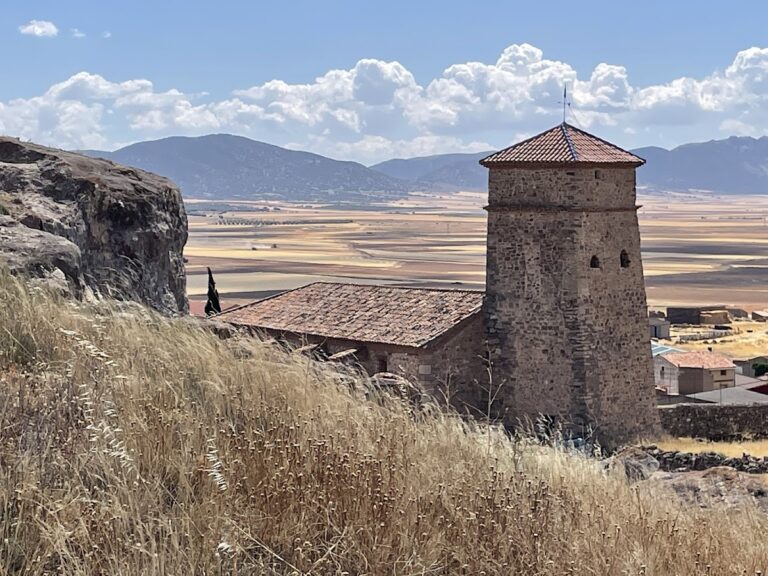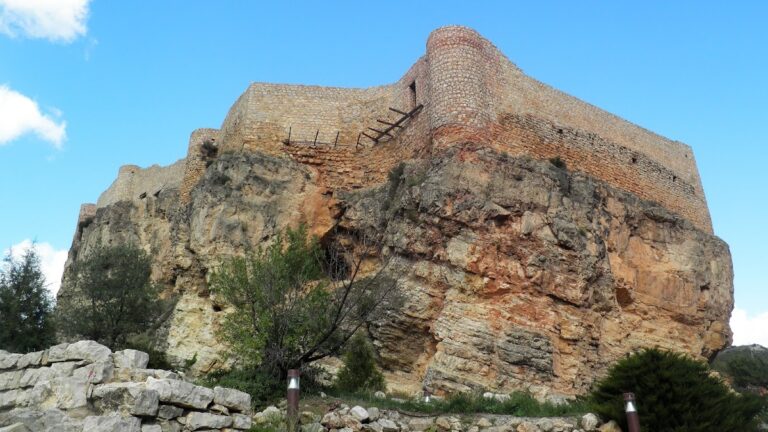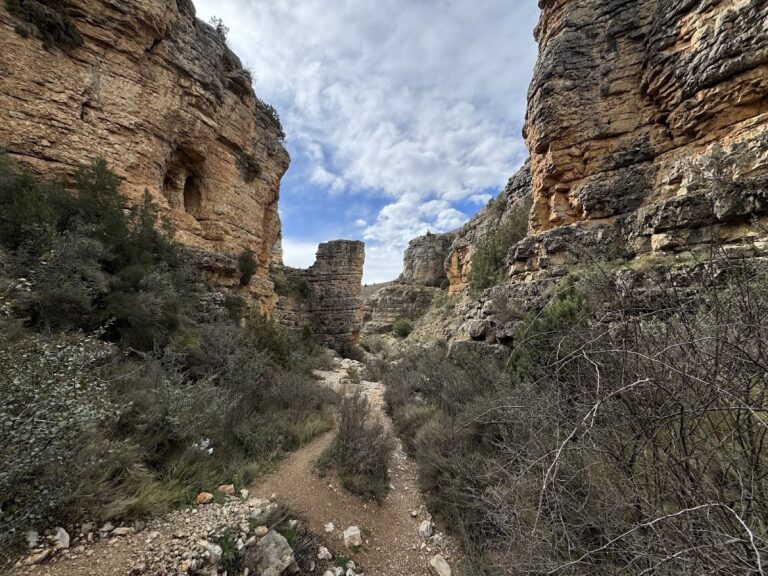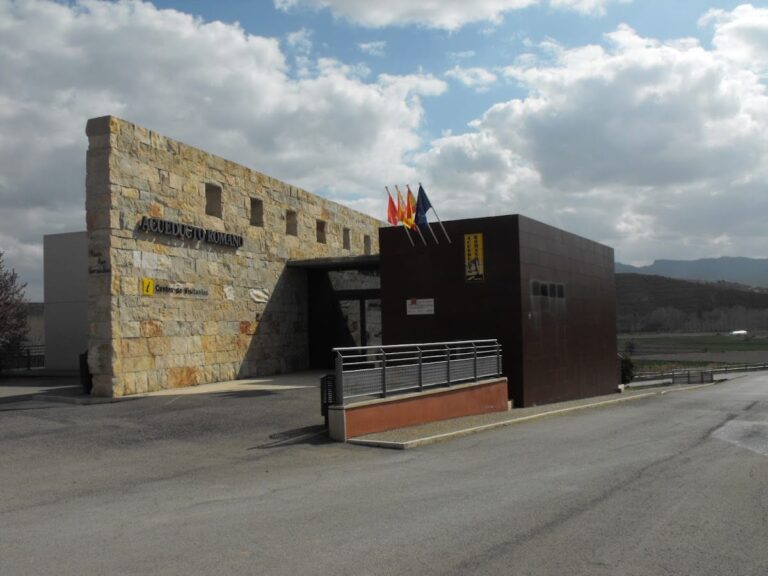Peracense Castle: A Medieval Fortress in Aragón, Spain
Visitor Information
Google Rating: 4.7
Popularity: Medium
Google Maps: View on Google Maps
Official Website: www.castillodeperacense.es
Country: Spain
Civilization: Unclassified
Remains: Military
History
The Castle of Peracense stands in the municipality of Peracense, Spain, built primarily as a medieval fortress on a site first occupied during the late Bronze Age. Archaeological findings of handmade and burnished ceramics reveal that this strategic location atop a prominent red sandstone outcrop was important well before the Middle Ages.
During the 10th and 11th centuries, the site was reoccupied under Muslim control. At that time, a small building likely crowned the rock spur where the castle now rises. This early structure marked the area’s role in a frontier zone during a period of shifting power among Muslim rulers in the Iberian Peninsula.
Around the mid-12th century, the Kingdom of Aragón expanded southward, conquering the territory that includes Peracense. Its position became crucial as a border fortress separating Aragón from the Kingdom of Castile, and also near the boundaries of several lordships: Albarracín, Molina de Aragón, and the Community of Daroca. Until approximately 1170, the castle was part of the defensive network of the Taifa of Albarracín. That year, the Emir of Murcia, Muhammad ibn Mardanís, also called the “Wolf King,” ceded the castle to Pedro Ruiz de Azagra, lord of Estella. This transfer came as payment for military support against the Almohad dynasty. The castle then remained under Navarrese control until King Pedro III of Aragón conquered it in 1284.
Significant expansions and renovations occurred mainly in the 14th century, particularly during the War of the Two Peters (1356–1375), a conflict between Aragón and Castile. During this time, Peracense Castle became a key defensive stronghold along the Aragón-Castilla frontier, with new walls and fortifications tailored to the evolving military demands of the era.
Following the war, the castle gradually lost its primary military role. The Community of Daroca later repurposed it as a prison. Centuries afterward, during the First Carlist War in the early 1830s, the fortress underwent partial reconstruction to accommodate artillery, resulting in modifications to its walls and removal of some interior buildings. These changes reflected advances in military technology and altered the castle’s original medieval character.
Between 1987 and 1990, archaeological excavations uncovered remains including a quarry used to extract round sandstone pieces for millstones, shedding light on local craftsmanship and the source of building materials. Restoration efforts initiated in the late 20th century have since preserved the site, recognized officially as a monument of cultural interest in Aragón from 2006 onward.
Remains
Peracense Castle occupies a commanding position atop a steep, red sandstone rock formation, part of the Sierra Menera’s southern foothills. Its design comprises three concentric walled enclosures, each adapting to the rugged terrain and built primarily of the distinctive local rodeno sandstone quarried on site.
The outermost enclosure forms a robust defensive barrier with a crenellated wall arranged at right angles and reinforced by multiple towers. Arrow slits, narrow openings for archers, punctuate these walls to allow defenders to fire on attackers while remaining protected. This outer space enclosed a large open courtyard known as an albacar, originally used as a service area. Today, remnants of former stables stand here, repurposed but still holding their historical footprint. Within this area, excavations identified a quarry used to extract rounded sandstone pieces, likely for millstone production.
The middle enclosure sits within the shelter of the rocky outcrop and features a wall that follows an irregular path, conforming closely to the natural rock’s shape. Constructed mainly in the second half of the 14th century during the heightened conflict of the War of the Two Peters, this section contained living quarters for troops. Presently, these spaces have been adapted for exhibition and activity rooms. Access into the castle passes through a main gate protected by a tower, emphasizing defense. Nearby, the so-called Hospital Tower functioned as a watchtower overseeing both the outer and inner defenses. A large cistern inside this enclosure collected and stored water, essential for withstanding sieges.
At the highest point lies the inner enclosure, perched atop the most precipitous part of the rock and arranged as three terraces gradually leading to the upper roof. From here, one commanding view extends over the Jiloca valley to the northeast. Originally, entry to this uppermost stronghold was achieved by a retractable wooden ladder that spanned a nearly four-meter vertical gap from the middle enclosure. This ladder could be pulled up in times of attack, preventing enemy access. Inside, the most prestigious rooms featured pointed vaults, architectural elements that provided strength and height. Additional cisterns within this area ensured water supply for the castle’s noblest occupants. Rather than a traditional keep tower, the inner enclosure is shielded by a false keep, essentially a powerful screen wall designed to protect the critical core of the fortress.
The reddish hue that characterizes the castle derives from the local sandstone, giving Peracense a striking appearance that blends naturally with its environment. Although later modifications in the 19th century for artillery purposes altered some walls and removed interior structures, the castle remains one of the best-preserved and most authentic medieval fortresses in Aragón. Its state of preservation allows a detailed understanding of medieval military architecture adapted to both the terrain and the evolving needs of frontier defense.
